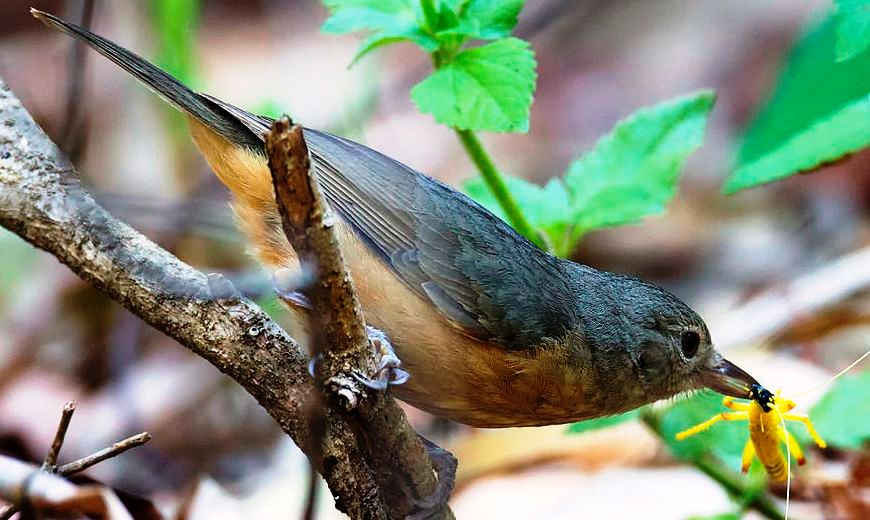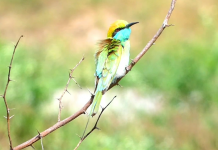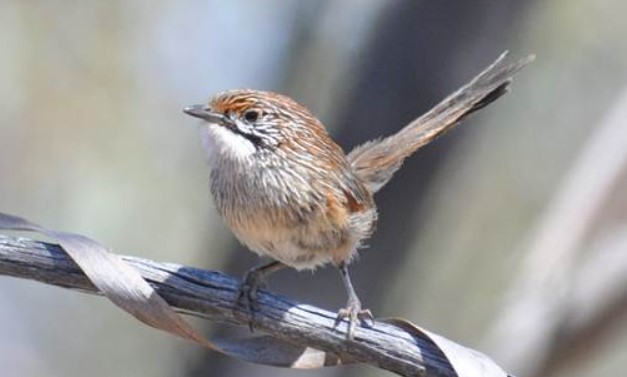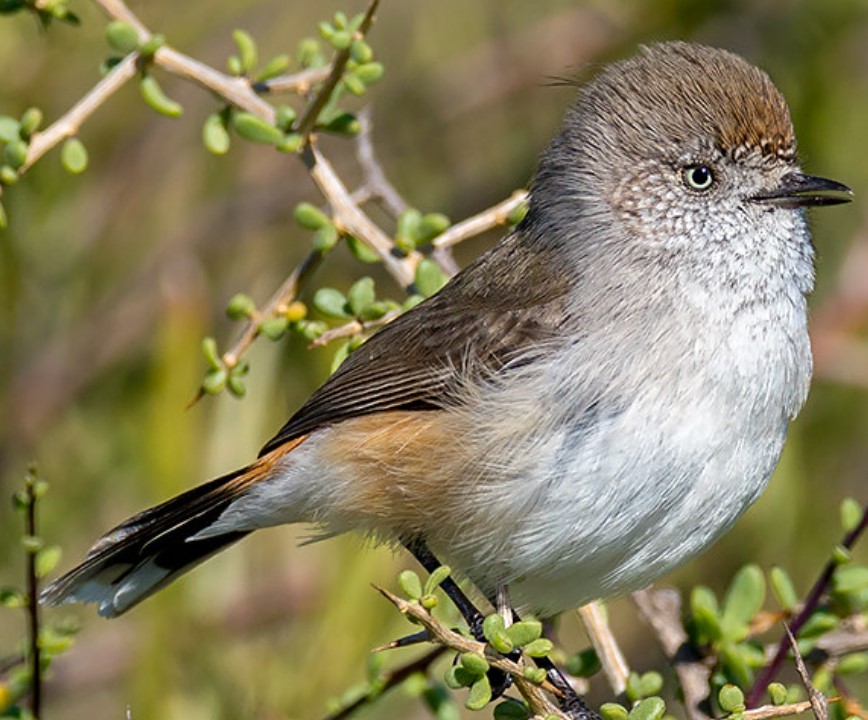In tropical mountain rainforests, Bower’s shrikethrush (Colluricincla boweri) songs are a distinctive summer sound. The bird rarely occurs below 400 meters in elevation. This species’ repertoire includes frequently heard items that sound like da-dee-da-dee, pon-pon-pon.
During the first four notes, there is a quick and quiet sound, and during the last four, there is a deep, plunking whistle that carries through the forest. Bower’s Shrike-thrush’s calls are harsh gratings, clicking chirps, and loud chucks. A deep series of whistles is the song of Bower’s Shrike-thrush: da-dee-da-dee, pon-pon-pon.
A Bower’s shrikethrush is a sturdy songbird of the Pachycephalidae (Whistlers) family. This species is one of four shrike-thrushes found in Australian rainforests, two of them occurring in tropical wet forests. In comparison to the other three, this one is less well-known.
These birds live singly or in pairs in the middle and lower strata of the forest. Foraging for insects and larvae, they often perch to wait and pounce on prey. There are times when they deliberately hop up trees to pick up insects, or down to pick up insects from the ground. Short swoops are characteristic of Bower’s Shrike-thrush’s movements through the rainforest.
Particularly in winter, when it stops calling and descends to low altitudes, even sea level, it is quiet and unobtrusive in its movements.
In the mountain rainforests between Ingham and Cooktown, Queensland, Bower’s Shrike-thrush, a bird with a distinctive grey back and heavy bill, replaces the Little Shrike-thrush at many higher altitudes above 800 meters. Since the Bowers Shrike-Thrush is smaller than the Little Shrike-Thrush, its name doesn’t help.
There are several names for this beautiful Australian bird, including Bower Thrush, Stripe-breasted Shrike-thrush, and Stripe-breasted Thrush.







